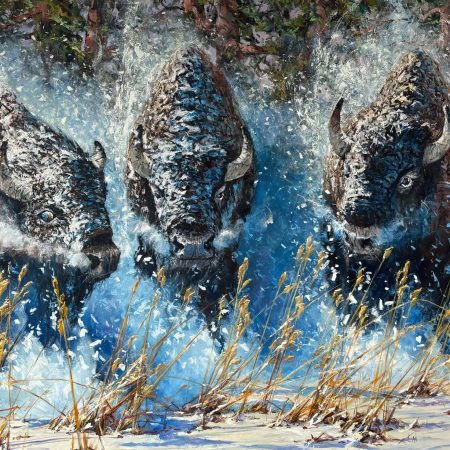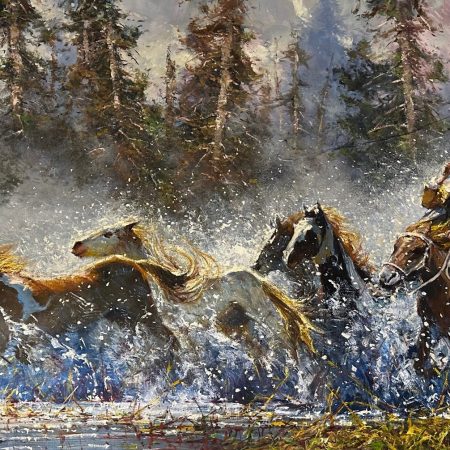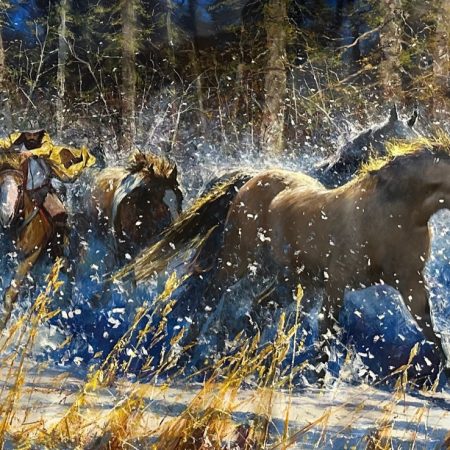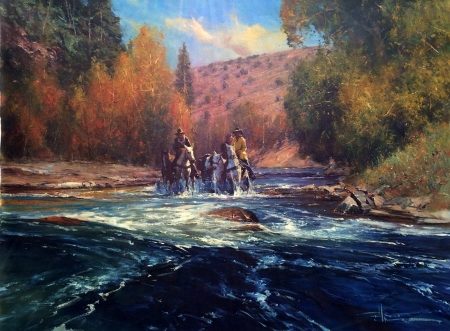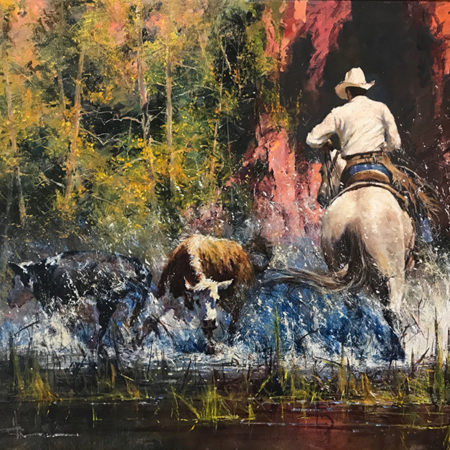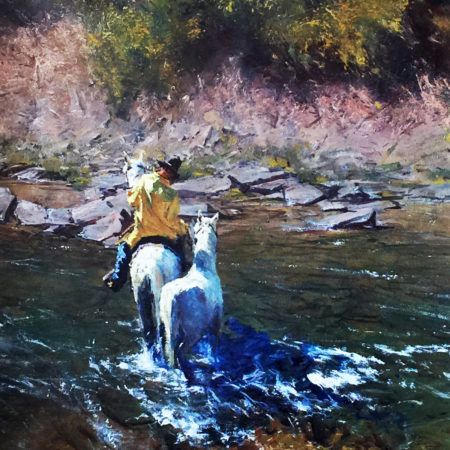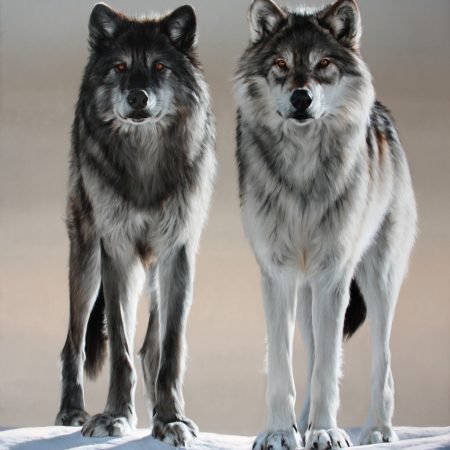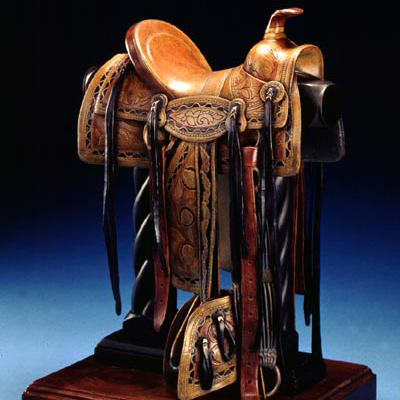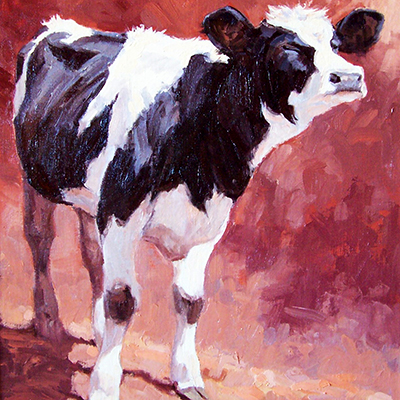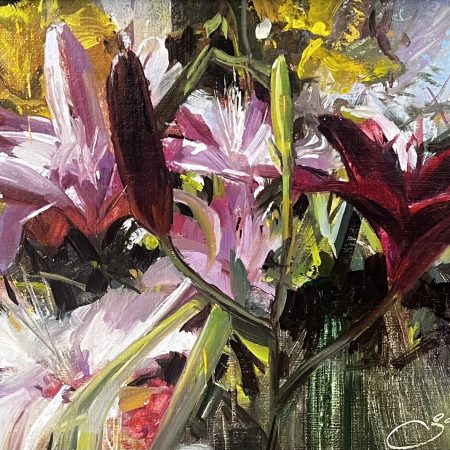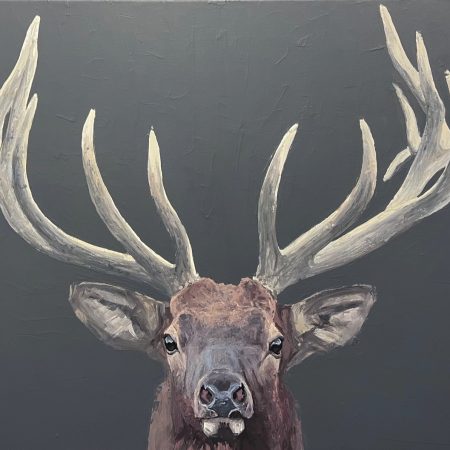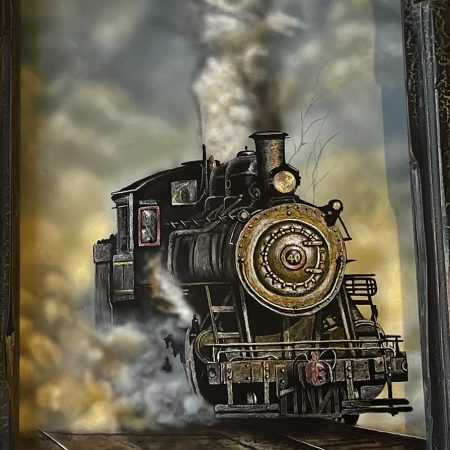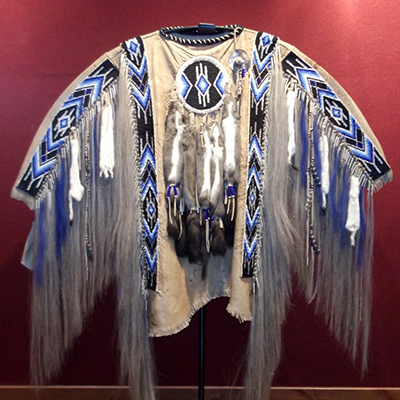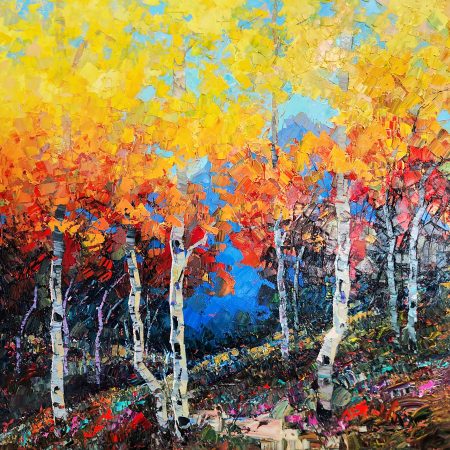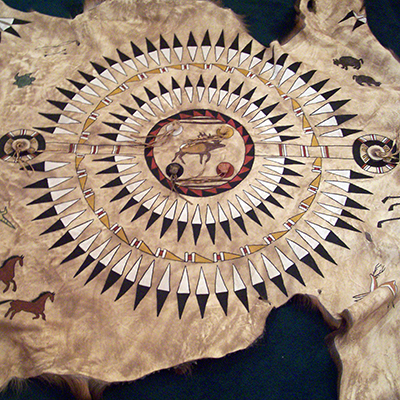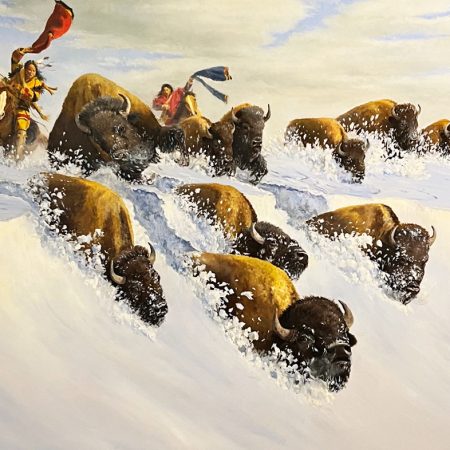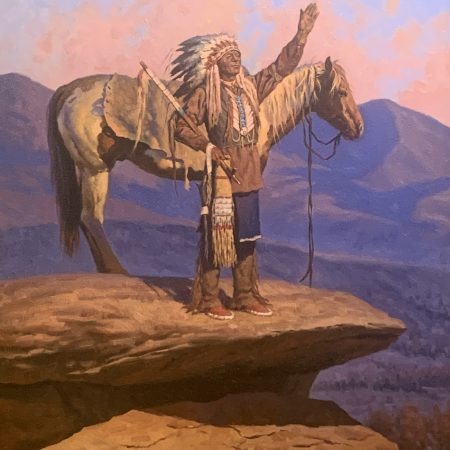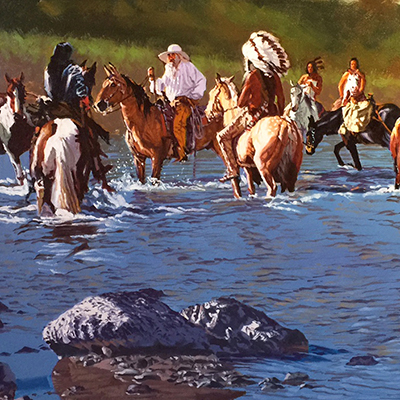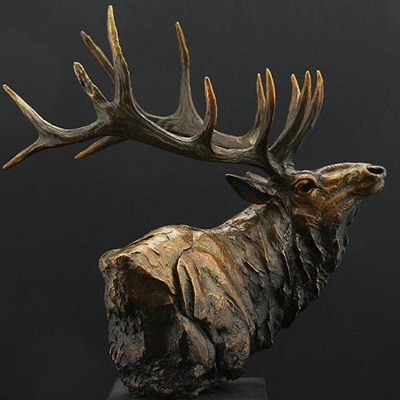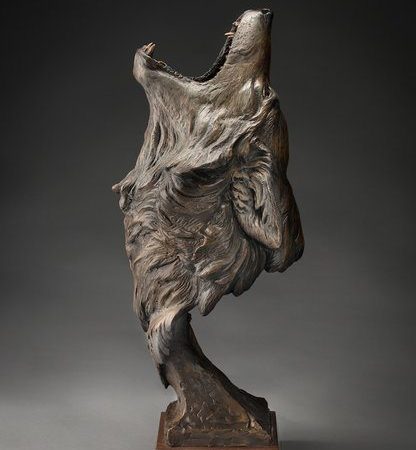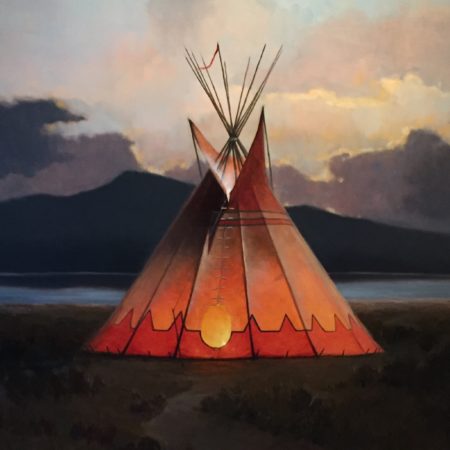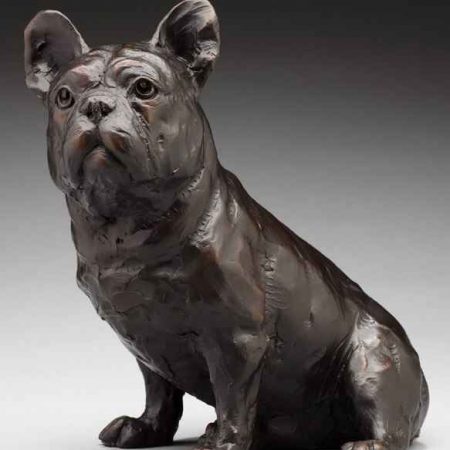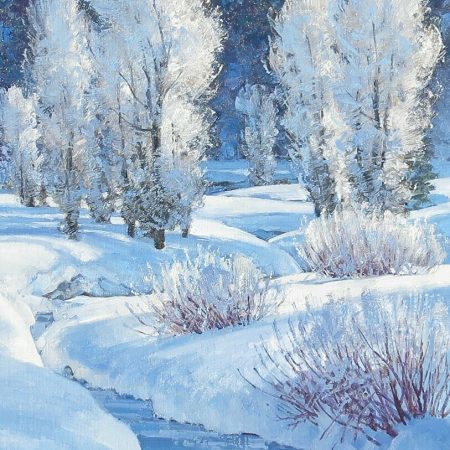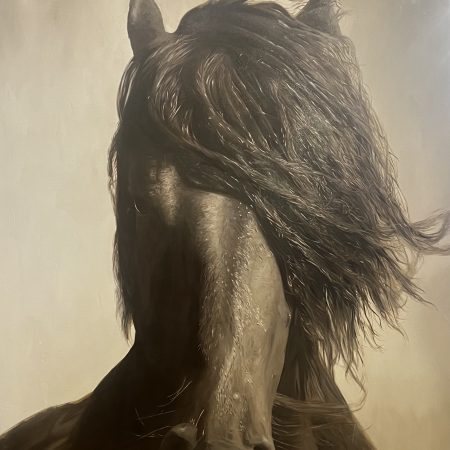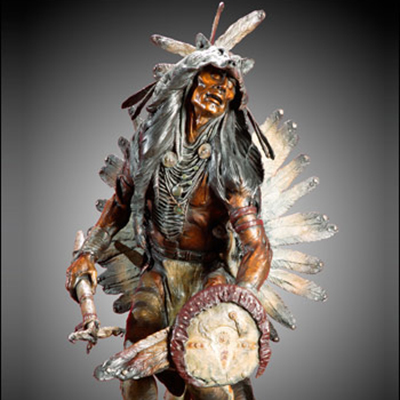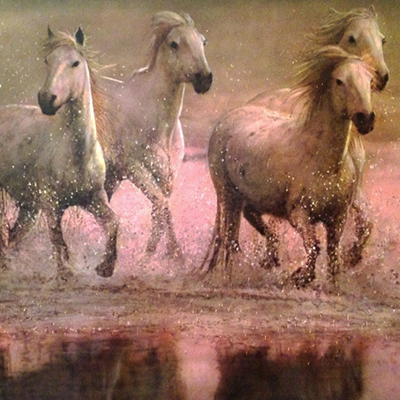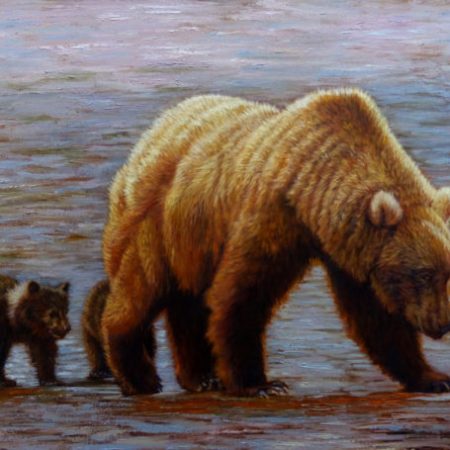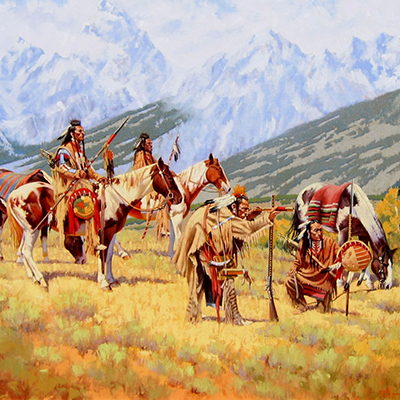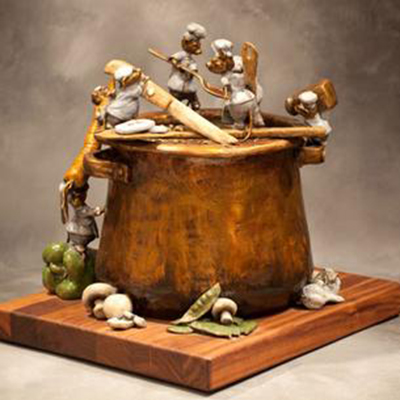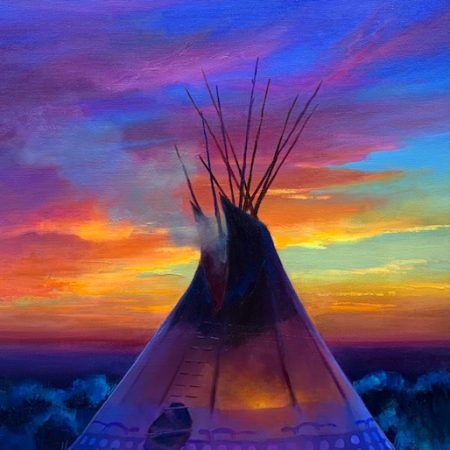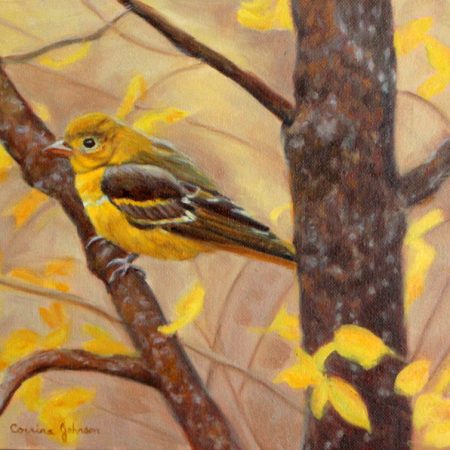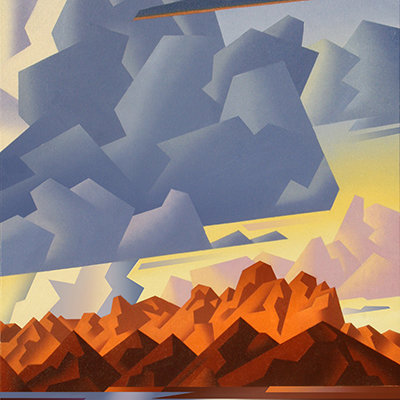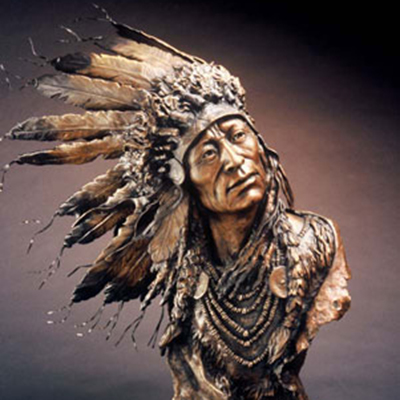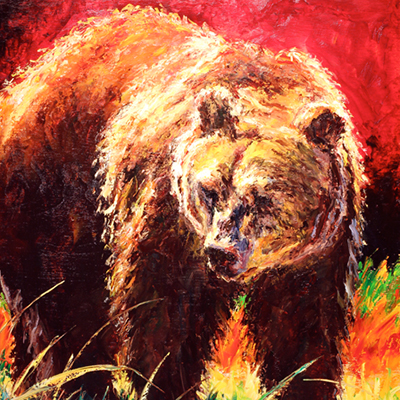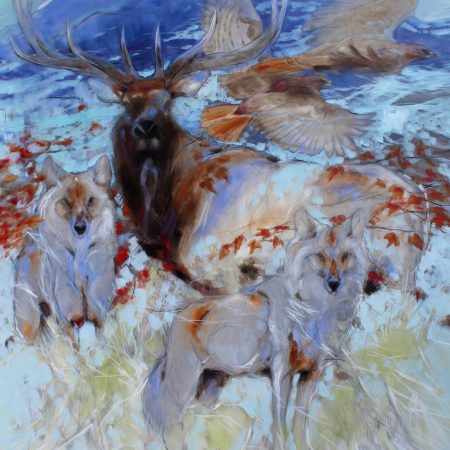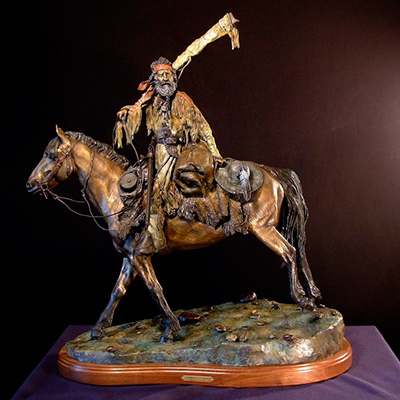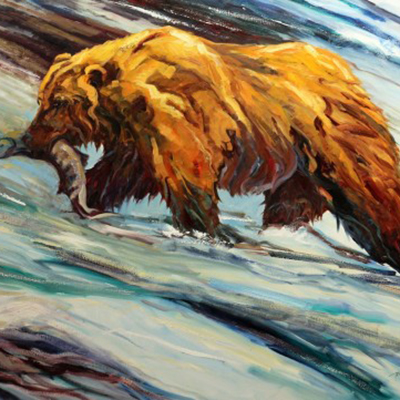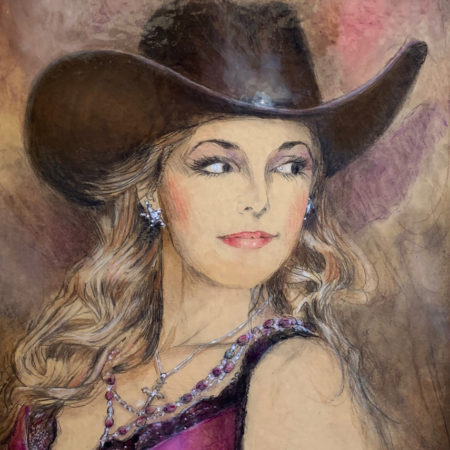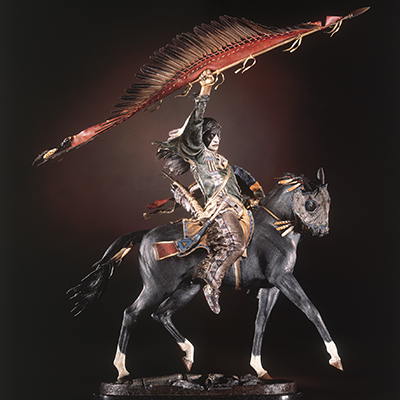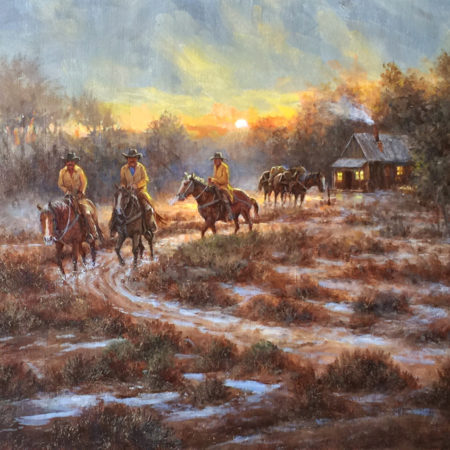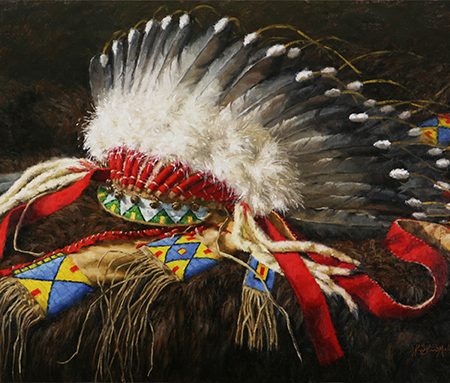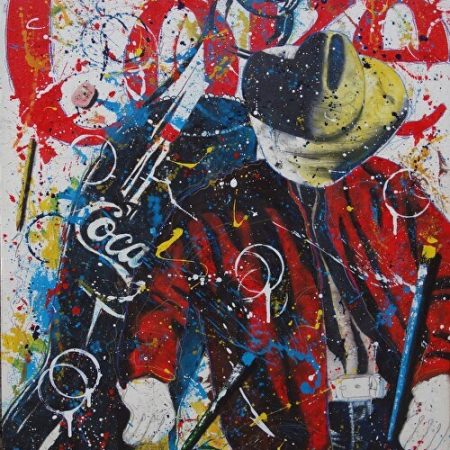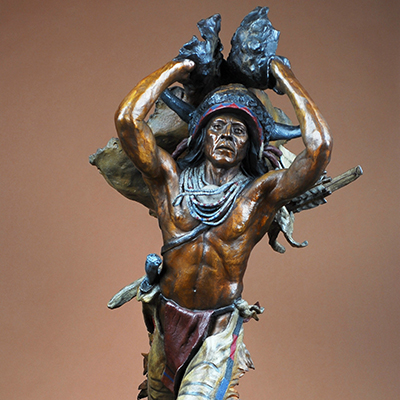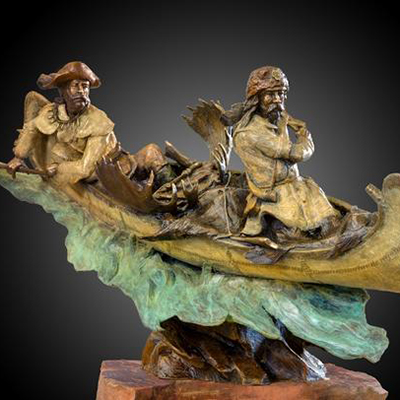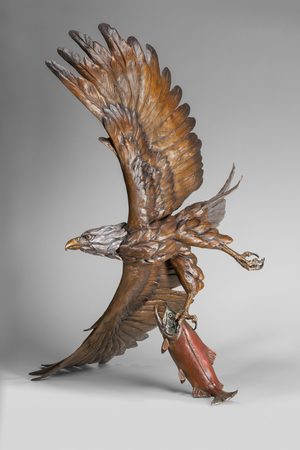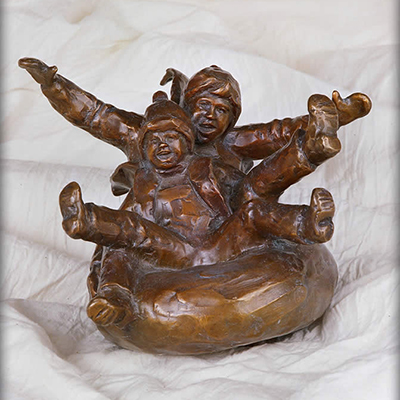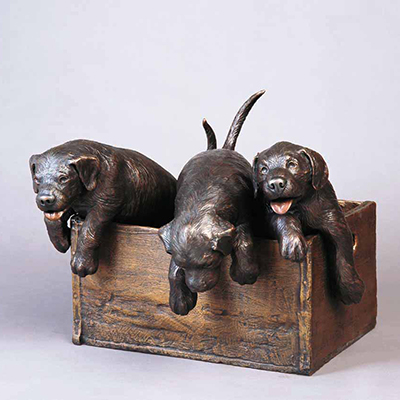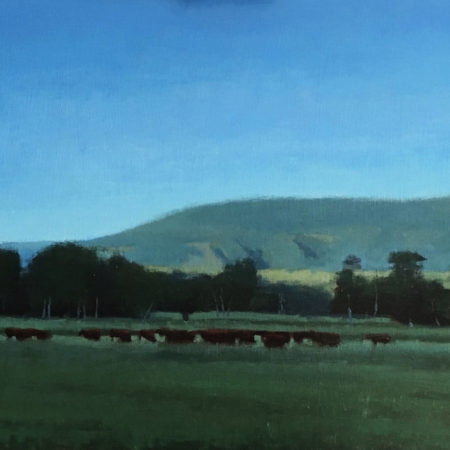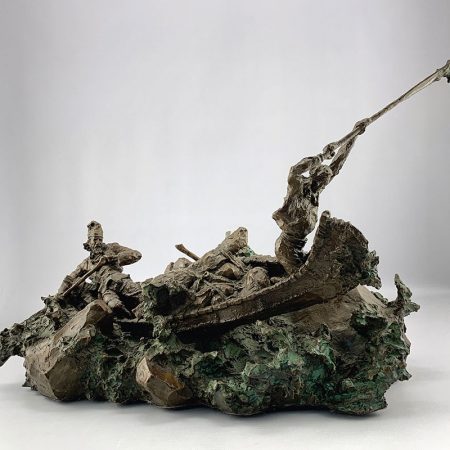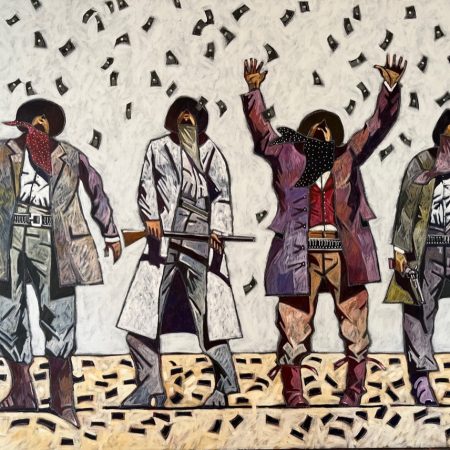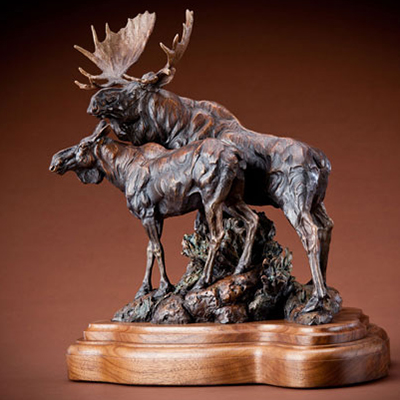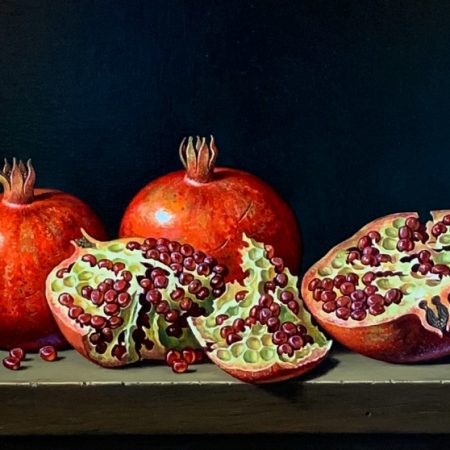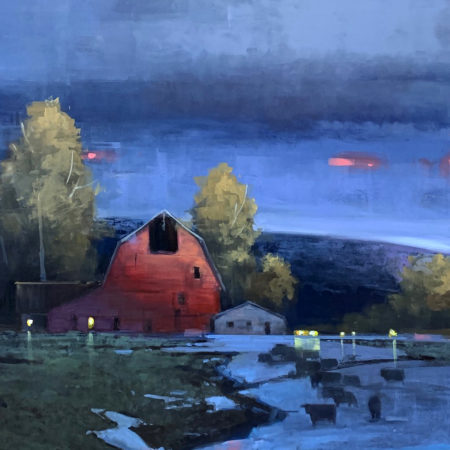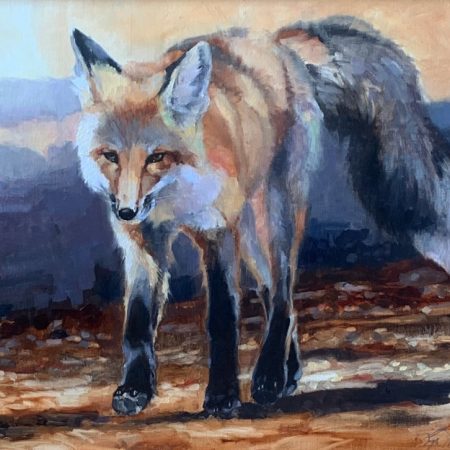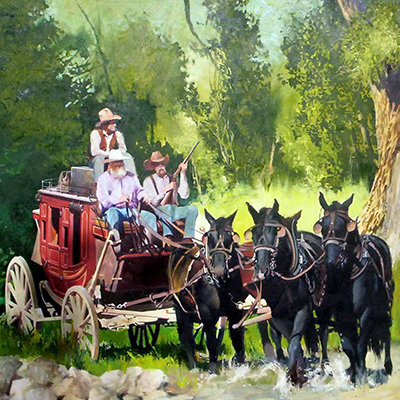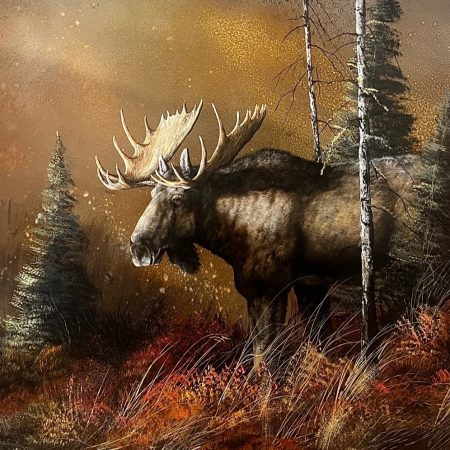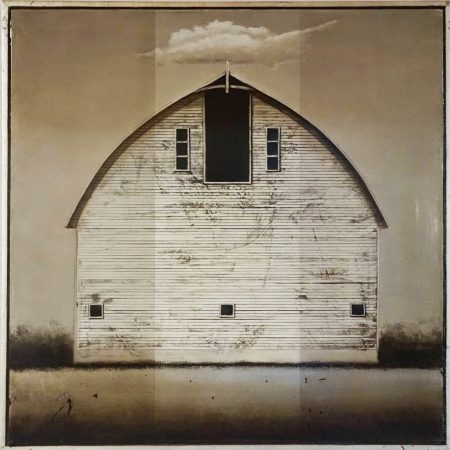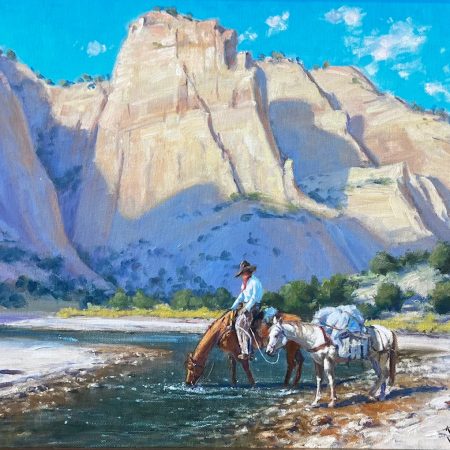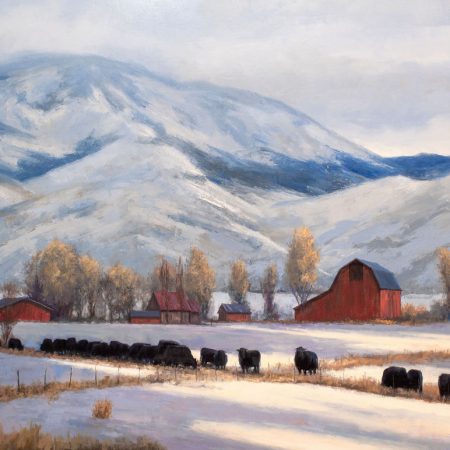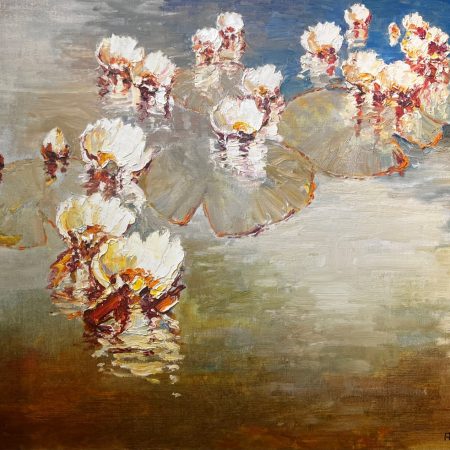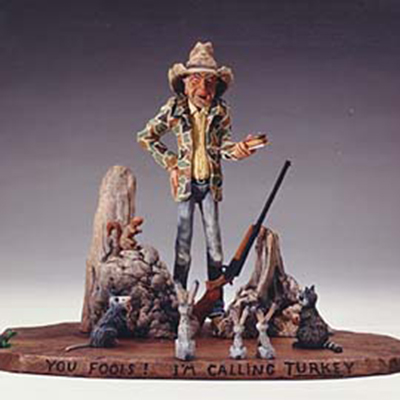ROBERT HAGAN
One of Australia’s most popular artists, Robert Hagen was featured last year for the first time America in Volume 2, Number 3 of International Fine Art Collector. Since then, his American career has taken fire making him one of the most sought after artist ever published by the magazine. This phenomenon has led him across the United States to answer queries from art publishers and galleries in many states, and, as the artist he is, along the way his response to America is being recorded on canvas.
"In the last year," said Hagen, "I’ve had many opportunities to travel around this immense country, and quiet bluntly, I’ve been staggered by the diversity of images. The mind boggles with what’s available here in the United States to paint. I’m starting in a very careful way to capture some of the things I’ve seen, and in particular scenes that are absolutely inspirational like Sedona, Arizona, which I suppose to most American artists is old hat, but for an Australian like me, it’s an extremely rich painting source area. One could imagine all sorts of things happening there."
"To go from Sedona to Ohio where my painting Frog Pond was conjured up, the difference is incredible. Frog Pond was painted beside on the tributaries to the Miami River near New Bremmen. It’s one of those little spots that everyone would whiz past at 70 miles per hour and never give two hoots about, but it’s one that definitely has it’s own magic.
"So far I’ve witnessed the awesome magnificence of some of the things America holds, yet been inspired by the most simple and apparently innocuous spots as well. I’ve been traveling and absorbing and appreciating. "America’s a very pro art country with a strong underpinning of humility in its people. It’s a very easygoing environment where there’s a lot of giving. There’s one thing I’ve learned and that is to Americanize my accent a little in order to communicate with the locals. Even the simple task of buying a loaf of bread can become a nightmare if you use the Australian vernacular.
"Life here is not much different than Australia. For the first six months I felt differences, but they’re really to do with mechanical aspects of life like driving and speech, hours of business and things like that. Now that I’m accustomed to those aspects I feel there’s no difference to how I lived in Australia.
"The only major adjustments to be made are in terms of how I feel about painting in America, and those are fairly clear cut in the way I arrange my palette. In Australia, a red-mauve bonding runs through my palette and here it’s distinctly blue-mauve, so the starting paint for a painting is at a different position. It’s one of the hardest adjustments the eye has to make from the painter’s point of view. In England, you go to a green-mauve. You could call these hues mother or primary color variations. They’re due to atmospheric conditions, and it takes at least a year to work one out. It’s that which instills life into a painting. Once that discovery is made in a given area, the paintings begin to sing.
Mauve is the mother color and the basis of all paintings anywhere in the world, but unless you travel around you wouldn’t know that. Artists who lived in America all their lives and haven’t realized this might find their paintings becoming flat because in the great push experimentation and innovation they inadvertently lose the color starting point. I’ve seen artists go to Europe and paint there for two years and totally come apart because they got involved in experimentation and completely forgot their starting point over there.
"I’ve had eight one-man shows in Australia in the last six years, and each case all the paintings sold in an half an hour, so people kept telling me I should come to America, and here I am. In the next year I will be releasing two serigraphs entirely done with my own two hands, and concurrent with that project is what I think to be my single most important accomplishment for the next ten years; the release of the book of my paintings on all the wonderful things I’ve seen and experienced in America. I hope to have it available in about two years."

